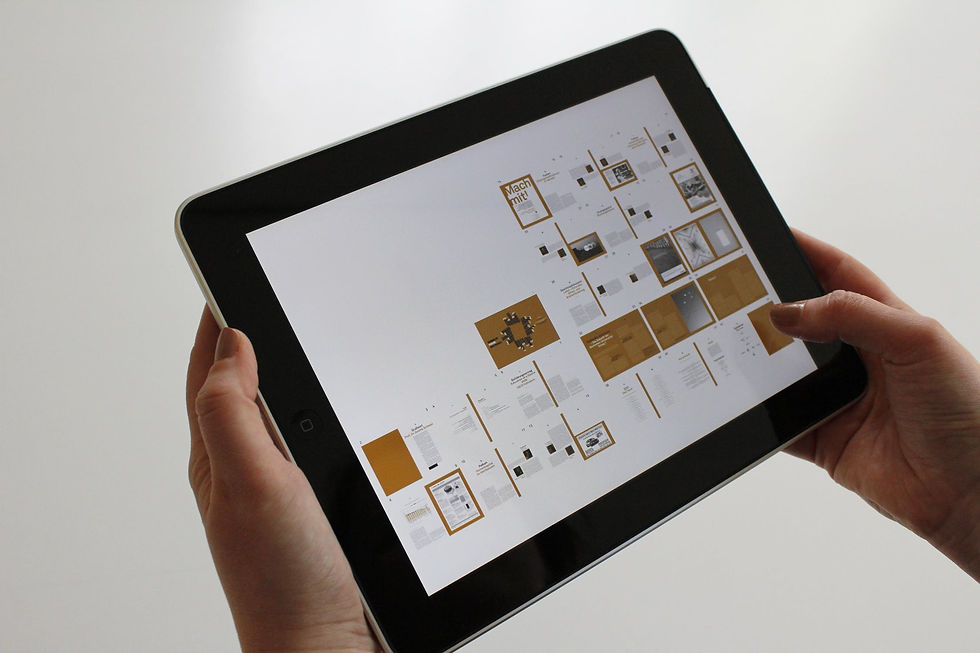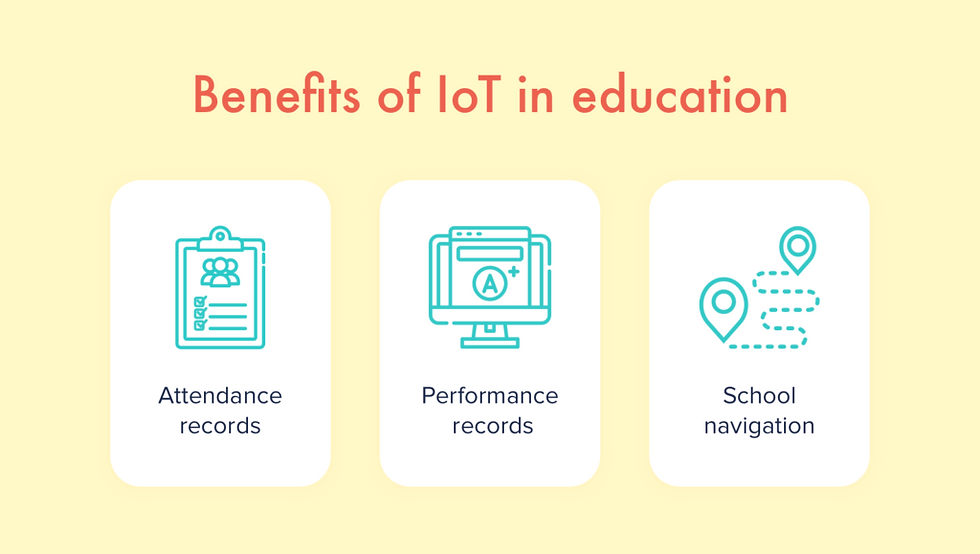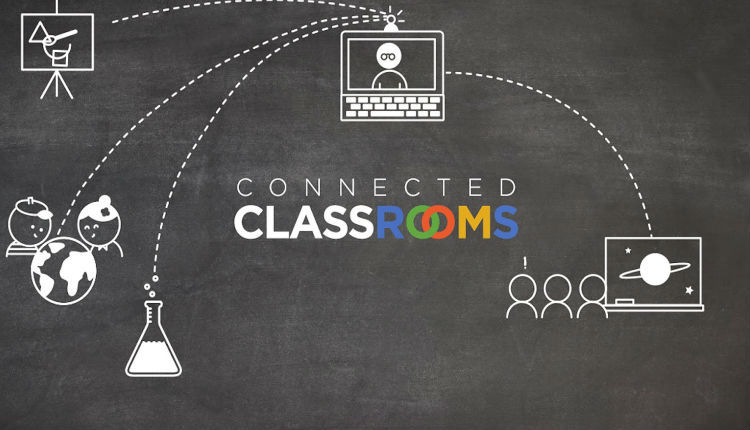How is the Internet of Things (IoT) applied to education
- Convrt x

- Jan 5, 2022
- 3 min read

With the IoT industry forecasted to grow to a staggering $1.7 trillion by 2020, it is no secret that this technology has already infiltrated the majority of industries.
IoT has a natural and profound impact in one sector: education– with many universities and schools beginning to implement IoT into their learning methods and study programs already.
What is the Internet of Things?
The definition of ‘Internet of Things’ can vary, but it essentially refers to the connection of everyday objects or ‘things’– with wireless capabilities, to the internet. This allows data to be collected and shared between ‘things’, without requiring input.
Educational benefits of IoT

An intelligent environmental control system could monitor occupancy and regulate heating and lighting accordingly. For example, lights might only switch on when someone enters a room , or smart bins that can let students know when they are due to be emptied.
In addition, IoT can improve the safety of students and staff by equipping school buildings with sensors that detect the location of people within them, for example. In a similar vein, it can also be used to keep track of student attendance in real-time via an app or online portal.
It can also be used to enhance existing learning experiences. For instance, it could be used within lessons that focus on history or art to provide opportunities for students to interact with objects that they might not have had access to otherwise.
Connected Classrooms

IoT technologies can automate many aspects of a classroom, such as lighting or ventilation, depending on the time of day.
Students in classes may also be provided with IoT based features that help them learn more efficiently. For example, an IoT enabled smart board could provide students with additional information.
IoT Enabled Campuses
The University of Surrey is currently building an ‘Internet of Things’ campus that will provide IoT enabled features to its students.
These include intelligent floor sensors that detect movement and turn off lights– if there are no people nearby, and smart bins that let students know when they are due to be emptied.
Support Benefits Claims
The Department of Work and Pensions has announced that it wants to use IoT technologies to provide an efficient service to allow students with disabilities access the benefits they are entitled to.
With this in mind, they have also stated that they want their service to be accessible to students with sensory impairments, including visual and hearing impairments.
Reasons to be Concerned About IoT in Education
Although the possibilities that IoT creates are numerous, they do not come without their problems.
The students may struggle to engage with learning if they are more interested in the connected objects around them than what is being taught in lessons.
In addition, increased reliance on related technologies may encourage an insufficient approach to learning, where students rely too heavily on the technology.
How Is This Being Applied In Education Today?
At present, the full potential of IoT in education remains largely untapped. However, there are already many cases where it is being employed to significant effect.
For example, Philips Lighting has created an educational program that uses connected lighting systems to teach students about sustainable development. Similarly, Whirlpool has launched a program that allows students to learn about robotics, programming and 3D printing by creating connected devices.
From simple classroom-based initiatives like the introduction of smart boards to large-scale rollouts that see entire school districts equipped with interconnected devices, IoT’s potential is only limited by the scope of the imagination.
How Much Does It Cost?
Connected devices can be expensive, primarily if they are intended for use in an educational environment. However, the initial purchase cost is offset by the potential savings that can come from implementing IoT systems, via lower energy costs and better school facilities management. For instance, the total cost of ownership (TCO) for an IoT enabled system is up to 35% lower than a conventional system or up to 40% higher than non-smart systems.
Other expenses may include the costs associated with developing and implementing specific applications that utilize IoT features, such as increased bandwidth use and security monitoring.
Conclusion:
IoT has great potential, but more needs to be done by both teachers and manufacturers if IoT in education is to become a reality. The possibilities of IoT in education are almost limitless, and it can help deliver new opportunities for students of all ages and abilities.
Contact Us
hello@convrtx.com Toronto, M4B 1B3, Canada
(929) 810-0786, (929) 224-328 https://www.convrtx.com/blog/how-is-internet-of-things-iot-applied-in-education/
.jpg)



Comments